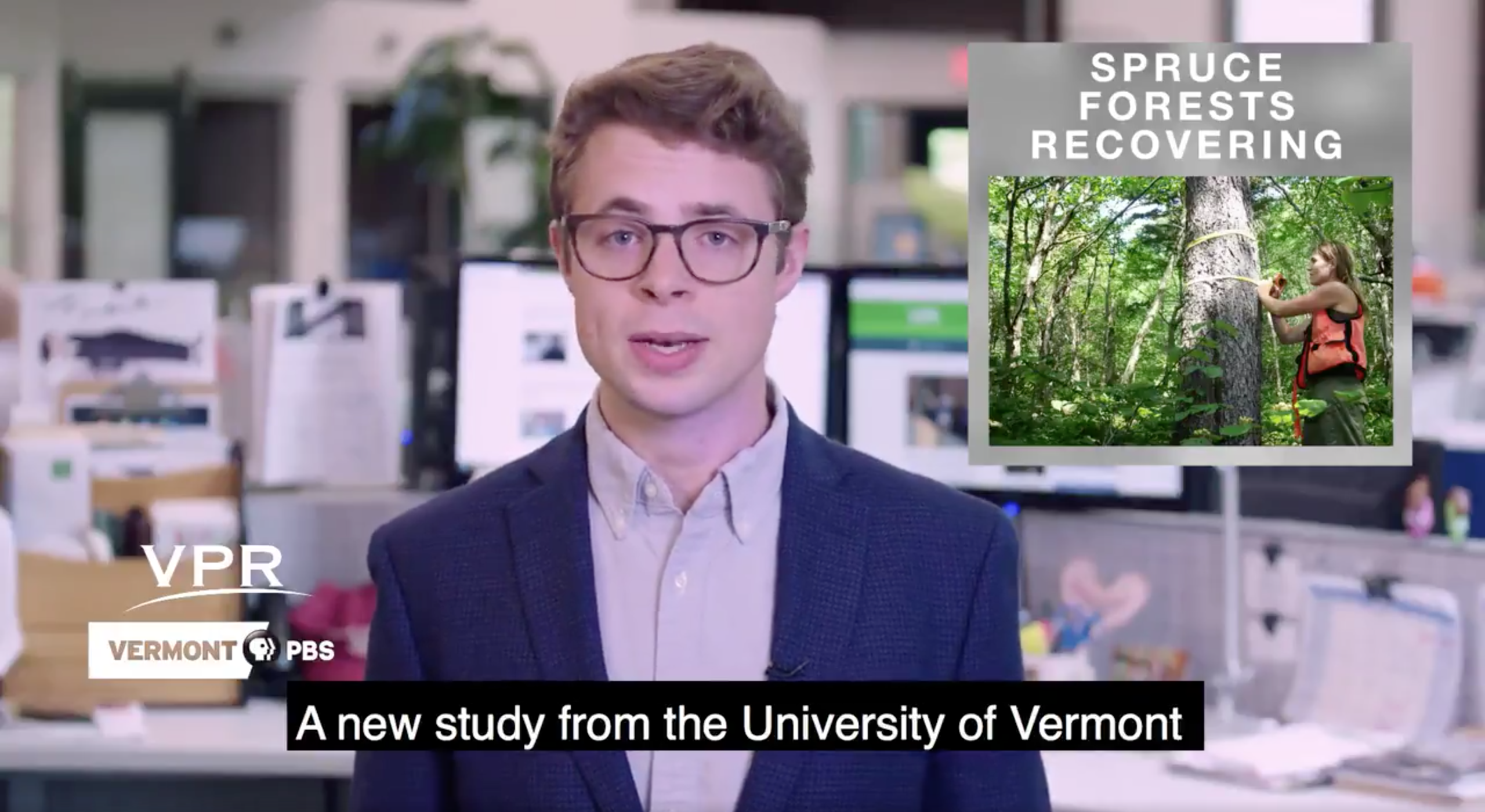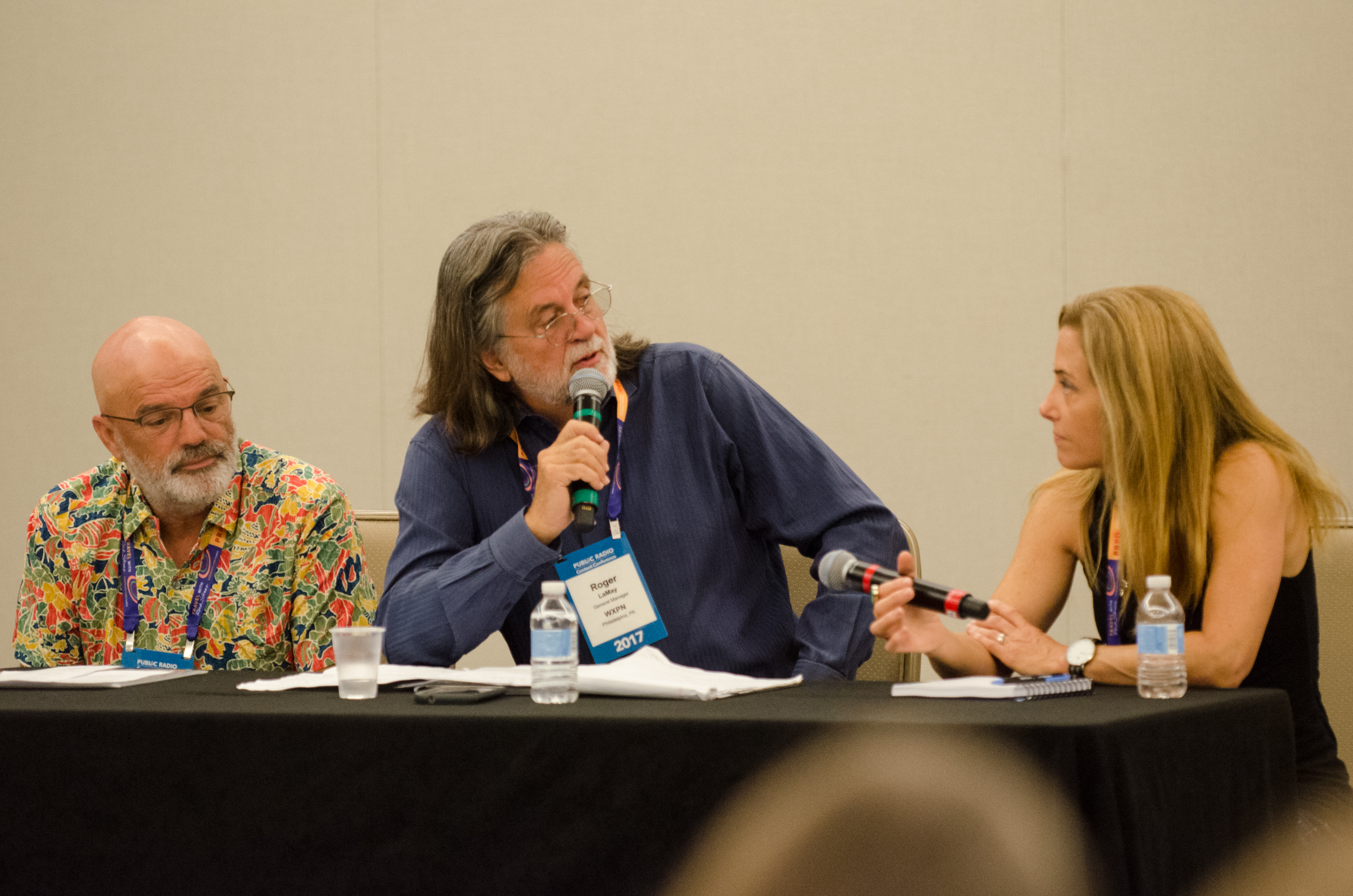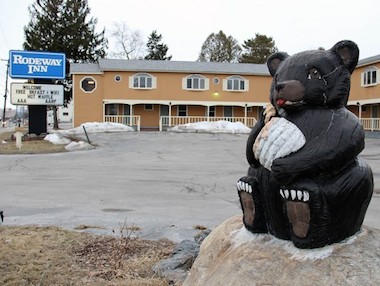Tag: Vermont Public Radio
How to reach audiences who think public media isn’t for them
A segmentation study identified three groups that Vermont’s public media organizations can attract and engage with a different approach.6 tips for holding a public media listening tour
"Don’t try to tack listening onto a performance or 'normal' event — make listening the entire point."Through podcasts, kids’ shows also get more airtime on old-school radio
Podcasts give creators of kids' shows more freedom, but finding ways to play to radio's strengths can help them reach more listeners.Vermont’s TV, radio networks team up for ‘News Minute’
The collaboration between Vermont PBS and Vermont Public Radio could evolve into a broader partnership.Music station leaders discuss challenges in expanding digital presence
An attendee at the Public Radio Program Directors Conference asked whether public media should build its own music-streaming platform similar to Spotify ...Development leaders say capital campaigns require commitment from executives, community
“You immediately become hyper-aware of how good, or not good, your relationships with people are."Travel ban complicates VPR’s special coverage of refugee resettlement
Plans for the State Department to facilitate interviews fell apart while reporter Nina Keck was on the ground in Jordan.Vermont Public Radio kicks off $8M facility expansion
Vermont Public Radio has started an $8 million expansion to its Colchester facility.Thursday roundup: NPR drops Krulwich blog, VPR A Go Go is back
Also: A head audio engineer at Oregon Public Broadcasting takes first prize in an Atari contest.In maintaining towers, stations face higher costs, lack of space
If any part of the broadcast plant ever merited the label “necessary evil,” a top nominee would be the tower. Expensive to maintain, ...VPR turns to audience for stories of addiction and recovery
Motel parking lots and other Vermont locations spawned a radio network's search for personal accounts of drug addiction.Vermont Public Radio urges Montreal listeners to oppose college station’s repeater
A request by a Canadian college radio station to mount a 100-watt repeater in Montreal has triggered stiff opposition from Vermont Public ...Friday roundup: Kansas spares pubcasting funding; letter sheds light on dismissal in Ga.
Plus: Vermont Public Radio spies a threat to its Montreal listeners, and another film draws from This American Life.Wednesday roundup: lessons from Pension Peril; honey badgers on Nature
Maybe honey badgers do care?Pubcasters win total of 173 regional Murrow Awards
NPR stations won 82 large-market regional Murrow Awards, while small-market pubcasters captured 91. Among all stations, WLRN in Miami topped public radio’s regional ...










